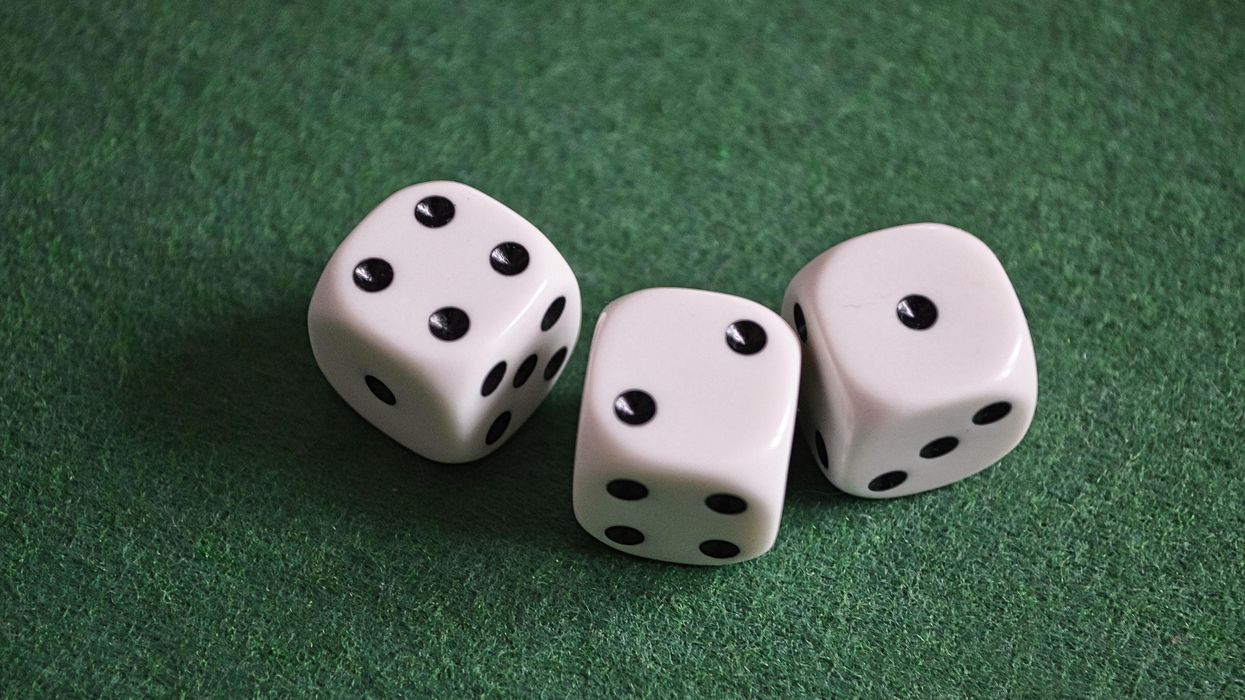CORONAVIRUS can travel up to 13 feet (four meters), twice the distance current guidelines say people should leave between themselves in public, says a new study.
The study examined air samples from hospital wards with COVID-19 patients
It also found that the virus was most heavily concentrated on the floors of the wards.
The preliminary results of the investigation by Chinese researchers were published in Emerging Infectious Diseases journal of the US Centers for Disease Control and Prevention (CDC).
However, it further revealed that the small quantities of virus found at this distance are not necessarily infectious.
The researchers, led by a team at the Academy of Military Medical Sciences in Beijing, tested surface and air samples from an intensive care unit and a general COVID-19 ward at Huoshenshan Hospital in Wuhan.
It housed a total of 24 patients between February 19 and March 2.
They found that the virus was most heavily concentrated on the floors of the wards, "perhaps because of gravity and air flow causing most virus droplets to float to the ground."
High levels were also found on frequently touched surfaces like computer mice, trashcans, bed rails and door knobs.
They found that virus-laden aerosols were mainly concentrated near and downstream from patients at up to 13 feet -- though smaller quantities were found upstream, up to eight feet.
But, no members of the hospital staff were infected, "indicating that appropriate precautions could effectively prevent infection," the authors wrote.
Aerosolization of the coronavirus is a contentious area for scientists who study it, because it is not clear how infectious the disease is in the tiny quantities found in ultrafine mist.













